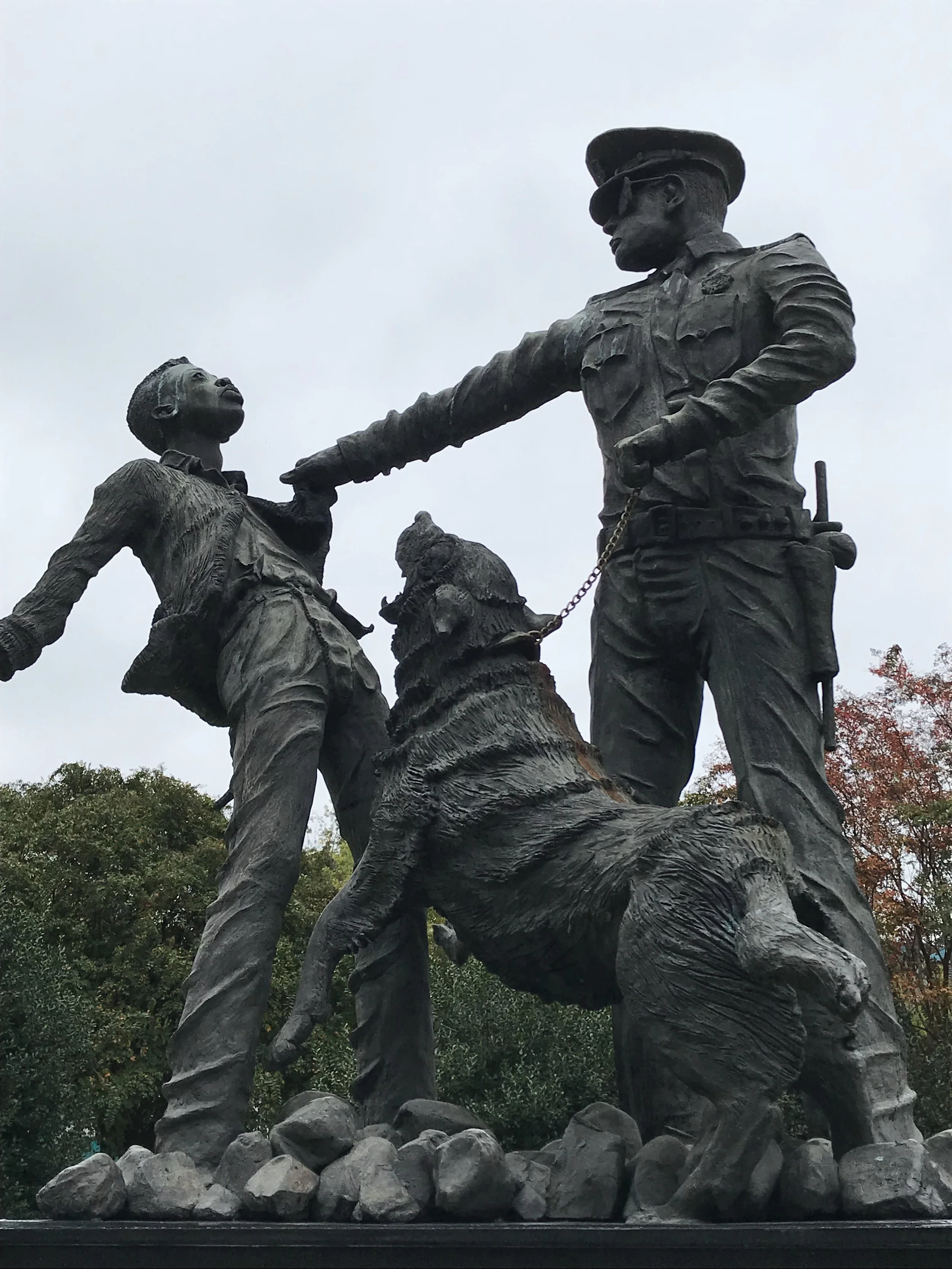In their inaugural and only issue, dated July 12, 1861, the erstwhile printers of The Ohio Twenty-Second made their purpose and politics clear. “Our motto is: ‘Death to traitors and protection to all loyal citizens.’ It has been well said that ‘the pen is mightier than the sword.’ While we find the latter indispensable in these perilous times, we will unite with it the power of the former, and go forth to battle for ‘the Constitution, the Union, and the Enforcement of the Laws.”
For the men of the Twenty-Second Ohio Infantry, and indeed for many Union soldiers throughout the Civil War, the war could be waged by musket and pen alike, and soldier newspapers offered an avenue for Union soldiers to keep abreast with the wider war effort, opine on national politics, interact with the local civilian population, document their war deeds, and foster a sense of community and esprit among their ranks. The Ohio Twenty-Second offers a brief window into the patriotism, politics, and daily life of Union soldier in the opening months of the Civil War.
Read More




















